5 Examples of the Digital Ocean in Action
Liquid Robotics — February 3, 2017
There are many examples of how the Digital Ocean is becoming a reality. The common denominator? It starts with a connection. Connecting satellites to robots, connecting robots to other robots and seafloor sensors, even connecting robots to fish! Here are five examples of how the Wave Glider is helping to bring the Digital Ocean to life.
1. Remote-Controlled Patrol
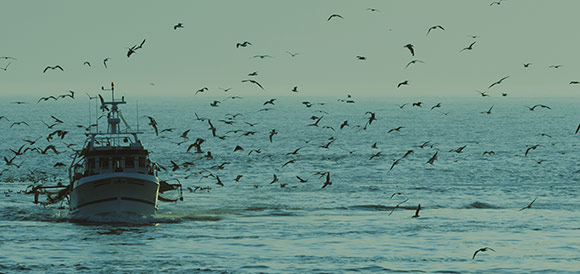
The Foreign and Commonwealth Office (FCO) in the United Kingdom had a massive challenge: How to protect 840,000 square kilometers of remote marine habitat without incurring the expense and risk of manned missions.
Working in conjunction with The Pew Charitable Trusts and the Satellite Applications Catapult’s new monitoring platform, “Project Eyes on the Seas,” the FCO enlisted the help of our Wave Glider platform to cost-effectively patrol the waters around the Pitcairn Islands, allowing high-cost assets, such as ships, planes, and other resources, focus on interdiction.
2. Robots Talking to Robots
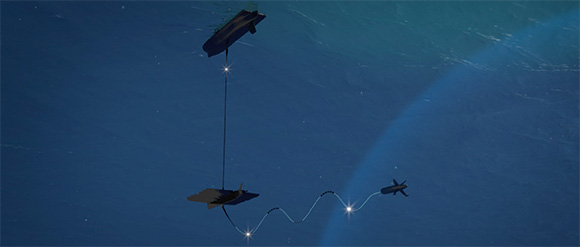
Founded by David Packard in 1987, the Monterey Bay Aquarium Research Institute (MBARI) seeks to develop and apply new methods, instruments, and systems to long-standing problems in ocean science. As their collection of ocean vehicles and robots has grown, they faced a new challenge: how to improve coordination and communication between surface and subsea vehicles and access data from these systems in real-time.
To address this challenge, MBARI developed a hotspot payload for the Wave Glider. This hotspot has allowed the Wave Glider to locate and track underwater assets; act as a communications relay, allowing other platforms to transfer data quickly and get back to work underwater; and chase submerged autonomous underwater vehicle (AUVs) for in situ analysis of a drifting water mass.
3. A Tsunami of Data
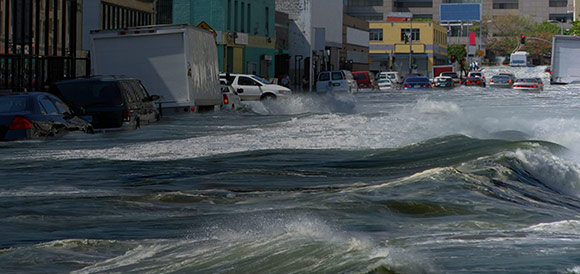
Every minute counts when it comes to tsunami warnings. In Japan, the frequently-erupting volcanic island of Nishinoshima presents a unique challenge—and opportunity. Geologist Hiroko Sugioka, previously at the Japan Agency for Marine-Earth Science Technology (JAMSTEC), and now at Kobe University, set out to demonstrate that unmanned surface vehicles could offer a cost-effective, mobile solution to this seismic monitoring challenge.
In successful tests, the Wave Glider circled the island and relayed messages from seafloor sensors to satellites above and back to shore in near real-time. As full-time patrols roll out, this solution can help make earlier and more accurate tsunami warnings possible.
4. A Seafloor-to-Space Network
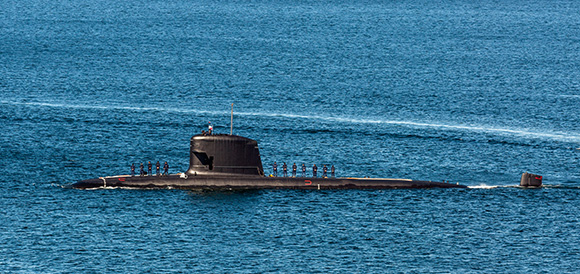
Boeing is building the ultimate seafloor-to-space network. But getting real-time surveillance data is a challenge, in particular how to harvest subsea data and communicate it back to shore. Buoys can be unreliable and expensive to maintain, and it would be prohibitively expensive to have manned boats holding station 24/7.
The Wave Glider platform provides an essential link between space and the sea, collecting and communicating data over months and years. Persistent, highly durable, and unmanned, it can serve as a key building block in the maritime sensor network.
See it in action at Unmanned Warrior
5. IoT: The Internet of Tuna
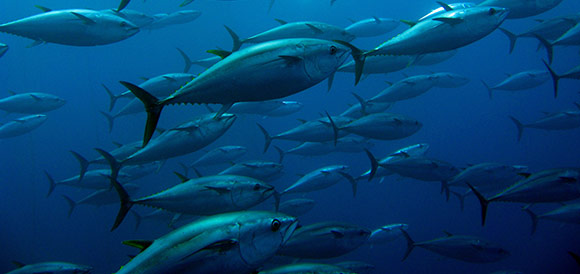
Scientists from Stanford, Duke, and Eastern Carolina University are working together to monitor tagged bluefin tuna, striped bass, and sturgeon off the Carolina coast. The value in tracking these species goes beyond learning about their migrations and behavior. It can also help us understand how climate change is impacting our oceans, based on the presence or absence of these fish in different ocean conditions.
But the rough winter conditions of the Hatteras coastline pose a unique challenge—that’s where Wave Gliders come in. Unmanned and able to withstand severe weather conditions for long durations, the Wave Glider helps fill a critical gap in how we can monitor these fish.
Know a great example of the Digital Ocean in action? We’d love to hear it!
